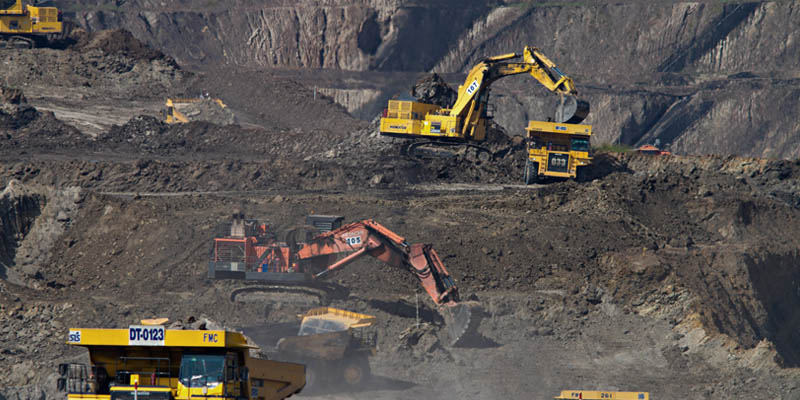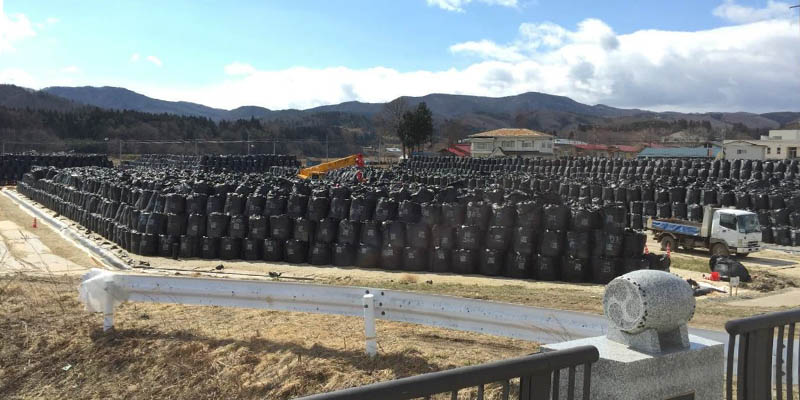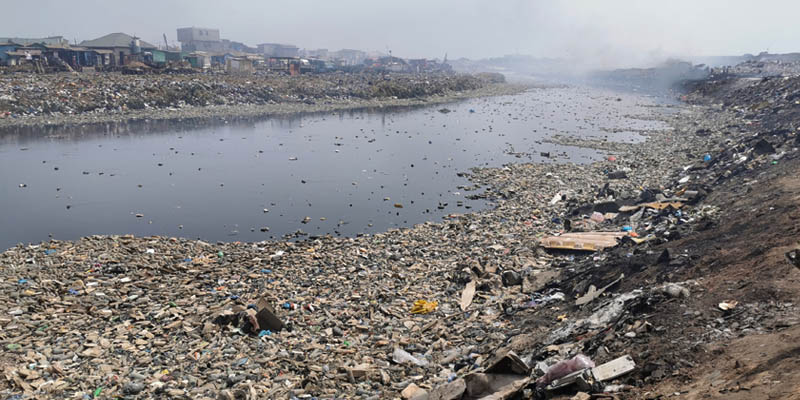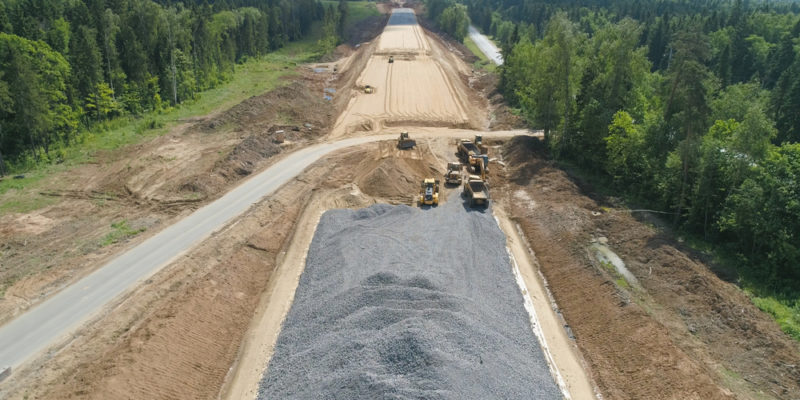We explain what environmental impact is, and explore its causes and effects. In addition, we discuss its characteristics and classification.

What is environmental impact?
Environmental impact is defined as short, medium, or long-term effects that human activity has on the environment. Environmental impact is a key concept in the conservation of the natural and human environment: through the environmental impact assessment (EIA) specialists can warn about the risks and advisability of a given project in environmental terms.
Certain human activities, especially industrial activity, have a high environmental impact, causing significant alterations to ecosystems and humans.
The concept of environmental impact began to gain relevance in the mid-20th century as a result of the boom in industrial activity following World War II and the subsequent identification of its impacts on the environment from the 1970s onwards.
Among the major environmental impacts at the time were the loss of biodiversity and the mass extinction of species, high levels of water and air pollution in cities, and most importantly, the effects of air pollution following the publication of early studies on climate change.
Environmental impact may be considered negative when it is detrimental to human life and the ecological balance of a given region. In contrast, it may be regarded as positive when it helps restore that balance or reverses the damage caused to the environment.
Environment and nature. Although the terms "environment" and "nature" are often confused, it is important to bear in mind that the former also encompasses human societies. For this reason, environmental impact studies assess not only the damage that may be caused to ecosystems, but also the alterations to human life.
- See also: Environmental pollution
Causes of environmental impact

The human activity causing the greatest environmental impact is:
- Industry and energy production. Large-scale industrial production, particularly in sectors like the chemical, oil, and manufacturing industries, causes atmospheric pollutants, toxic waste, and the overexploitation of natural resources.
- Intensive agriculture and livestock farming. Intensive agriculture and livestock farming may lead to soil degradation, loss of biodiversity, and water and soil pollution due to the excessive use of fertilizers and agrochemicals. In addition, livestock farming emits gaseous air pollutants like methane, and produces a significant amount of waste.
- Deforestation. The clearing of native forests to free up land for agriculture or urban development is one of the main causes of biodiversity loss. Deforestation also affects soil water absorption and may intensify erosion and flooding.
- Infrastructure construction. The construction of roads, buildings, bridges, and other infrastructure may bring about the alteration of natural ecosystems, habitat fragmentation, the consumption of large amounts of energy and materials, and the production of waste and debris.
- Transportation. Fossil fuel-powered vehicles such as cars, trucks, ships, and airplanes emit large amounts of greenhouse gases and other air pollutants.
- Mining. The extraction of minerals and metals may have major impacts on the environment, such as soil degradation, water pollution, and loss of biodiversity. In addition, large-scale mining can produce large amounts of waste and consume significant amounts of water. This impacts ecosystems as well as human populations near mining sites.
Types of environmental impact

Based on their nature and duration, environmental impacts can be classified into:
- Direct or indirect impacts. Direct impacts are those that cause immediate and noticeable short-term changes to the environment. In contrast, impacts that take longer to notice are termed indirect.
- Temporary or permanent impacts. Temporary impacts appear while a certain activity is taking place but disappear once the activity ceases. Permanent impacts, on the other hand, continue even after the activity that caused them has ended.
- Reversible or irreversible impacts. Reversible impacts can be recovered, either naturally or through human intervention, restoring the damage caused. Irreversible impacts cannot be recovered either by nature or by human action.
- Cumulative or synergistic impacts. Cumulative impacts are those that worsen over time. Synergistic impacts, in turn, make reference to various impacts interacting together and producing greater damage resulting from the combination.
- Current or potential impacts. Current impacts occur while the activity that causes them is taking place, while potential impacts might occur in the future if no adequate preventive measure is taken.
- Local or widespread impacts. Local impacts are those that occur at a specific location, whereas widespread impacts may affect ecosystems and environments far away from the location where the impact occurred.
- Accidental or planned impacts. Environmental impacts are sometimes planned in advance, as is the case with the construction of dams, where it is decided that a certain area will be flooded and measures are taken to minimize the impact. At other times, impacts occur accidentally, and are more difficult to anticipate and prevent.
Effects of environmental impact
The main effects of human impact on the environment are:
- Biodiversity loss. The extinction of animal species and the deforestation of native forests are among the main consequences of human impact on the environment. The destruction of ecosystems has harmful effects not only on the natural environment but also on human life.
- Soil degradation. Intensive land-use for agriculture and livestock farming degrade the soil, reducing its fertility and productivity. This causes the deterioration of soil quality, and decreases food production.
- Pollution. Gas emissions into the atmosphere and the dumping of toxic substances into the soil and water have a significant environmental impact. Air pollution is considered the main cause of climate change, while water and soil pollution reduce the quality of life of millions of people who rely on these resources for survival.
- Impacts on human health. Air, soil, and water pollution have negative effects on human health. People become ill from exposure to air pollution, consuming unsafe water, or eating products contaminated with chemicals or substances toxic to health.
Environmental Impact Assessment (EIA)

Environmental impact assessment (EIA) is the technical assessment that must be conducted by any company wishing to propose an activity in a given location. It is a study that must predict, identify, evaluate, and manage the environmental and social impacts that a project might cause. It aims at preventing and mitigating the consequences or adverse effects of a project while enhancing the positive ones.
Once the environmental impact assessment is submitted, it must be approved by local authorities in order for the activity to be authorized. If risks are considered high or the actions to mitigate or prevent damage inadequate, the authorities may reject the assessment, thus not authorizing the project.
Environmental authorities are also in charge of penalizing and fining activities that do not comply with what was proposed in the environmental impact assessment or that may have caused damage that was subsequently not adequately repaired or reversed.
Examples of environmental impact

Among the constructions with the greatest environmental impact are:
- The Three Gorges Dam (China). One of the world's largest dams. Its construction on the Yangtze River had a dramatic impact on the basin's diversity and led to the displacement of over 1,200,000 people due to the flooding of extensive agricultural and urban areas.
- The Trans-Amazonian Highway (Brazil). Stretching over 3,100 miles (5,000 km), its construction led to the deforestation of vast areas of the Amazon rainforest.
- Kansai Airport (Japan). This airport was built on an artificial island in Osaka Bay. The construction of the island impacted the marine ecosystems in the region, affected migratory bird populations, and resulted in the loss of coastal habitats.
Explore next:
References
- Fernández, A. (s.f). Impacto ambiental. https://www.todamateria.com/
- Reinoso, L. (2013). Criterios para la elaboración de estudios de impacto ambiental. Secretaría de Ambiente y Desarrollo Sustentable de la Nación.
- Ropero Portillo, S. (2020). Tipos de impactos ambientales. https://www.ecologiaverde.com/
Was this information useful to you?
Yes NoThank you for visiting us :)